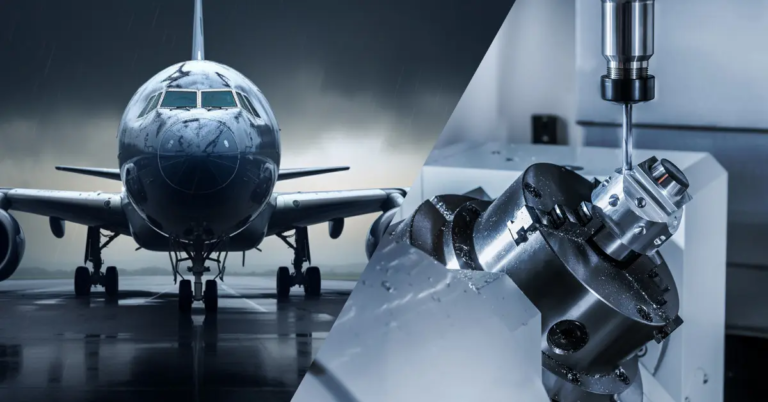In CNC machining, accuracy and accuracy are crucial. A key aspect of this process is the use of bonding adhesives, such as hydrolysates, to the lens and other ingredients. In this article, we will dig into the world of CNC lens hydrolyzed glue, exploring its features, applications and benefits.
CNC machining involves the use of computer-controlled machines to manufacture precise parts and components. In the context of lens manufacturing, CNC machining plays a crucial role in creating high-precision lenses with complex geometric shapes. However, the bonding process is equally important because it requires a strong and reliable adhesive to ensure that the lens remains intact and functional.
Hydrolyzed glue, also known as water-resistant glue, is an adhesive specially designed to bond lenses and other optical components. The glue is a formula to resist hydrolysis, a chemical reaction that occurs when water molecules break down the adhesive, resulting in a loss of bond strength. Hydrolyzing glue is ideal for CNC lens manufacturing as it provides a durable bond that can withstand stringent environmental conditions.
The properties of hydrolyzed glue make it an ideal choice for CNC lens manufacturing. It has high bond strength, excellent optical clarity, and resistance to UV, heat and moisture. In addition, hydrolysate is easy to apply and cure, making it a convenient choice for large-capacity production.
The applications of CNC lens hydrolyzed glue are diverse and wide. It is commonly used in optical lenses, prisms and other components for industries such as aerospace, medical devices and consumer electronics. The glue is also used to produce high-precision optical instruments such as telescopes, microscopes and cameras.
In short, CNC lens hydrolysates are a key component in the manufacturing of high-precision lenses and optical components. Its unique features and benefits make it ideal for combining lenses and other components, ensuring a strong and reliable bond that can withstand harsh environmental conditions. Whether you are a manufacturer of optical components or a user of high-precision instruments, understanding the importance of hydrolyzing glue in CNC lenses can help you appreciate the complexity and precision required in the manufacturing process.
FAQ:
Q: What is hydrolyzed glue and how to use it in CNC lens manufacturing?
A: Hydrolyzed glue, also known as hydrolyzed glue, is an adhesive specially designed to bind lenses and other optical components. It is used to create a strong and durable key between the lens and other components to ensure the lens remains complete and functional.
Q: What are the benefits of using hydrolyzed glue in CNC lens manufacturing?
A: The benefits of using hydrolyzed glue include high bond strength, excellent optical clarity, and resistance to UV, heat and moisture. In addition, hydrolysate is easy to apply and cure, making it a convenient choice for large-capacity production.
Q: Which industries use CNC lens hydrolyzing glue?
A: CNC lens hydrolyzed glue is usually used in industries such as aerospace, medical equipment and consumer electronics, which require high-precision optical components.
Q: Can hydrolyzed glue be used for other applications besides CNC lens manufacturing?
A: Yes, hydrolyzed glue can be used for other applications, such as combining other types of optical components such as prisms and mirrors. However, its main purpose is to manufacture high-precision lenses and optical components.
Q: How is hydrolysate different from other types of adhesives?
A: Hydrolyzed gels are specially designed to resist hydrolysis, and this chemical reaction is a chemical reaction that occurs when water molecules decompose the adhesive. This makes it ideal for use in harsh environmental conditions, where other adhesives may fail.



















